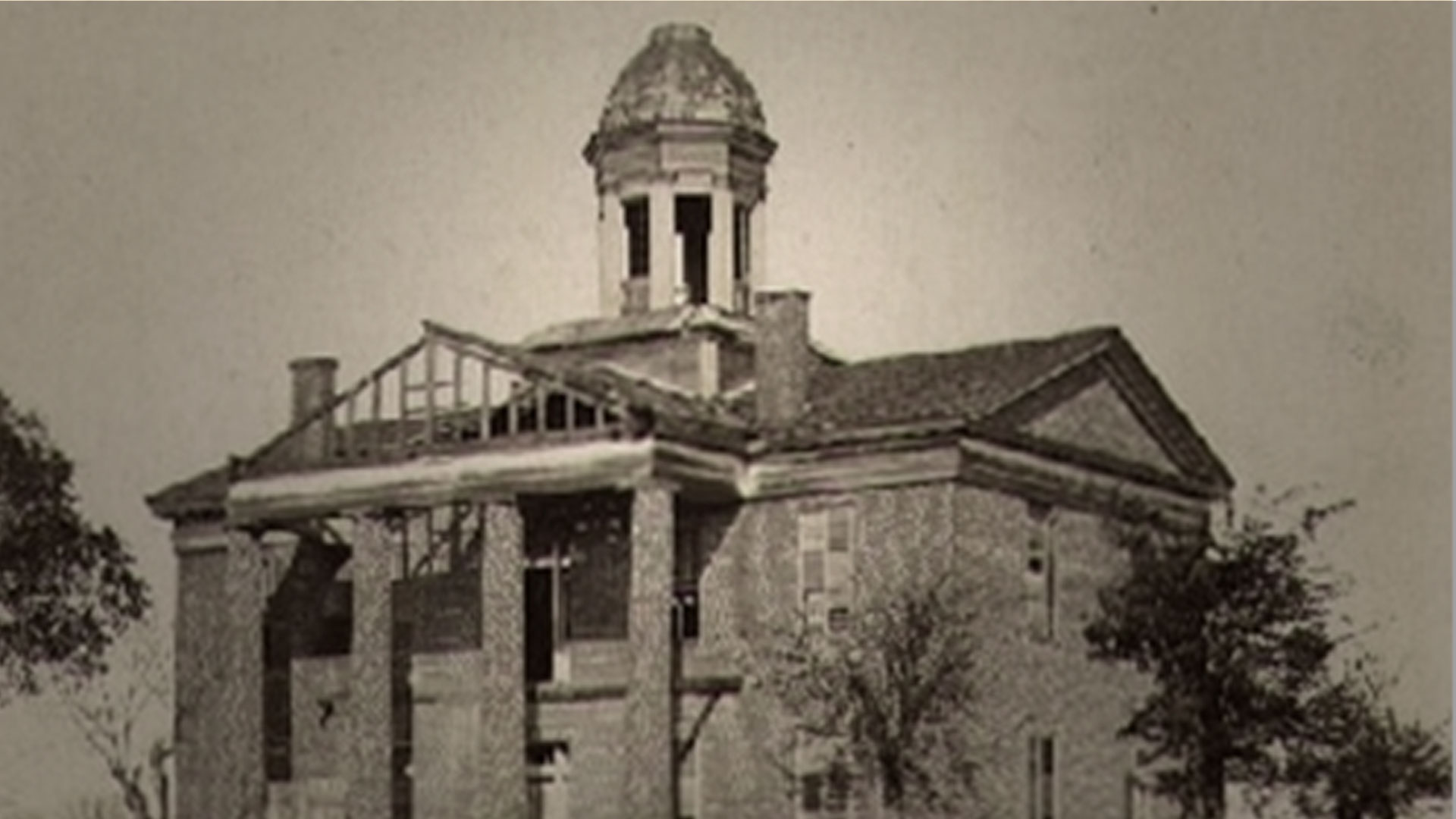FOUNDED: 1818
ABANDONED: 1930
REMAINS: A few buildings
COUNTY: Dallas County, Alabama
STATUS: Still standing
History
The Rise and Fall of Cahaba, Alabama
Cahaba, Alabama (sometimes spelled as “Cahawba”) was selected to be the state’s first permanent capitol on November 21, 1818, though the land was greatly undeveloped. The town was completed and thriving by 1820, growing with new large buildings. Situated in a low-elevator area with the Alabama and Cahaba rivers surrounding, Cahaba fell victim to major flooding in 1825. The state house was destroyed. In January 1826, Alabama appointed Tuscaloosa as its new state capitol. The town served as the county seat for Dallas County until 1866, when it was replaced by Selma to avoid Cahaba’s destructive seasonal flooding. Within a decade, businesses left, the town population decreased, and several houses and churches were dismantled.
The population fell to 431 by 1870. For a brief period of time, the town was used by freedmen to organize within the Republican Party to maintain their forward political strides. Cahaba and Dallas County representative Jeremiah Haralson was the first and only African American elected to all three legislative bodies (the State House, the State Senate, and the United States Congress) in Alabama during Reconstruction. The freedmen and their families transformed vacant town blocks into garden plots and open fields. Gradually, the remaining residents of Cahaba moved away.
Around the turn of the century, a freedman purchased most of the Cahaba town site for $500. The abandoned buildings were demolished and the materials were sold to Mobile and Selma to support their rapidly-growing communities. Most of Cahaba’s buildings were destroyed by 1903, with only a few remaining by 1930. Today, Cahaba is uninhabited and is preserved by the Alabama Historical Commission as the Old Cahawba Archeological Park. The town was added to the National Register of Historic Places in 1973. Visitors are welcomed.
Haunting
Since the 19th century, Cahaba has had its share of ghost stories and urban legends tied to it. The most notable ghost is Colonel C. C. Pegues, who haunted the cedar grove and garden behind the home he resided in from 1830 to 1860. The first sighting occurred in 1862, when a brilliantly bright ball of light hovering above the ground chased visitors around. Some witnesses prefer to attribute the phenomenon to the spirits of those incarcerated at the jail that operated on the property from 1820 to 1826, prior to Pegues’ residency there. Though the building has long been demolished, the unusual activity persists.
In Pop Culture
- The haunting of Cahaba, Alabama was featured in 13 Alabama Ghosts and Jeffrey in the story “Specter in the Maze of Cahaba.”
Sources
- Forgotten USA. “Cahaba, Alabama,” www.forgottenusa.com
- Wikipedia. “Cahaba, Alabama,” www.wikipedia.org
- Hauck, Dennis William. Haunted Places: The National Directory
More
- Have a personal experience here? Tell us about it!
- Have more information about this haunt? Send it to us here!
- Have an image you want to submit? Upload it here!

